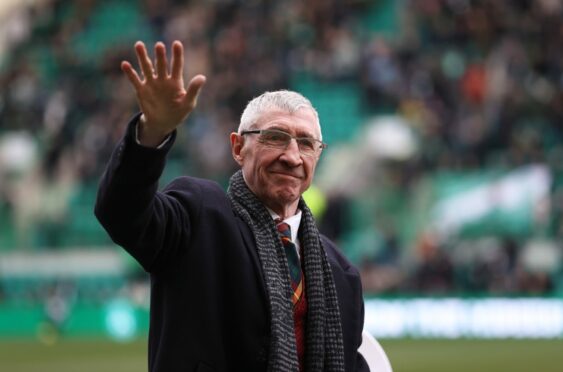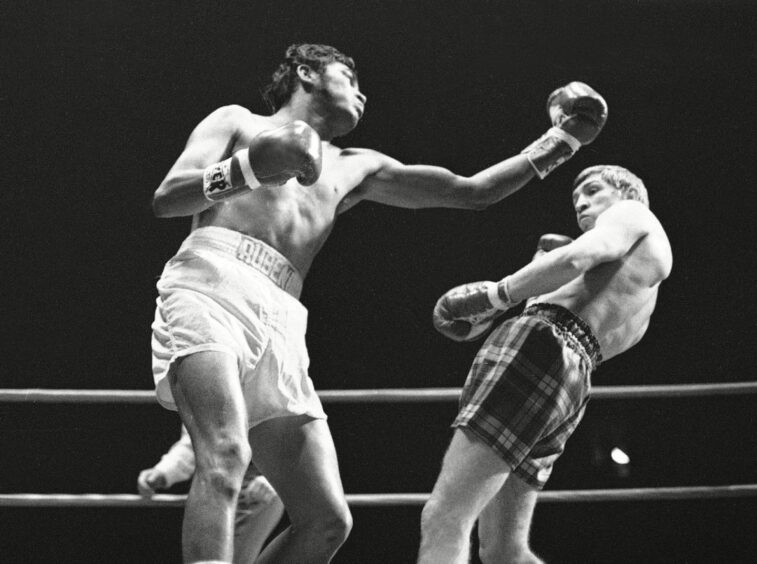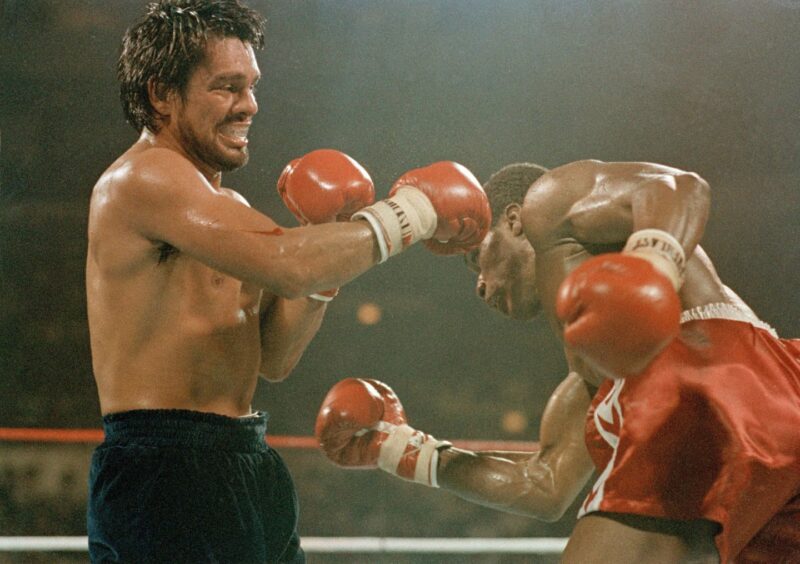The phrase ‘world-class’ is one used all-too-often in sport.
But when it comes to Ken Buchanan it doesn’t do the great man justice.
He was far too modest to say so himself but given the American Boxing Writers’ Association picked him as the fighter of the year in 1970 ahead of Muhammad Ali and Joe Frazier then clearly he was a special talent.
Buchanan was one of the best boxers to come from Britain – but for Scottish boxing he was a trailblazer.
He was the first undisputed world champion from Scotland and the fact it took 50 years for another Scot – Josh Taylor – to match his feat should tell you all you need to know.
Buchanan was an in-demand fighter in New York
For many boxers, especially in the United States, fighting at Madison Square Garden in New York is on their bucket list as much as winning any world title.
For the man known as the fighting carpenter he not only fought there but topped the bill no fewer than six times.
There’s a reason why Buchanan was in high demand. He won his first 33 professional fights and retired in 1982 with a 61-8 record, with 27 of his wins coming by knockout.
It is easy to forget boxing in the 1960s and 1970s was not how it is today. A good amateur career can be enough to draw attention when a pugilist turns professional.
Back in Buchanan’s era turning pro meant he had to start all over again. An impressive amateur, turning professional in 1965 meant Buchanan had to fight has way into contention.
It took 23 bouts in just three years before he earned a shot at the British lightweight title in London. His opponent Maurice Cullen was no match for him as Buchanan secured his first major title with an 11th round knockout.
World championship glory
It would take another two years, and a loss to Miguel Velasquez for the European title, before Buchanan eventually landed a world title shot.
Puerto Rico was the venue, Ismael Laguna of Panama was the champion, and it was believed the conditions suited the champion.
Buchanan had other ideas and in what was a familiar trait of his career, upsetting the odds was something he revelled in doing as he claimed a 15-round decision to become world lightweight champion.
For Buchanan, the wait to defend his title in Britain was a long one. Boxing politics ensured the WBA champion could not defend his title in his homeland.
The feud between the British Boxing Board of Control and the WBA served to fire up Buchanan even more and he added the vacant WBC championship to his WBA title by beating Ruben Navarro in Los Angeles in February 1971.
That win made him undisputed world lightweight champion – and suddenly everyone wanted his services.
The infamous night against Roberto Duran
But being a champion of two associations has its issues and Buchanan was stripped of the WBC title for failing to defend it in June 1971.
New York had become a regular destination for Buchanan by this point and it was in the Garden where the most infamous night of his career took place.
June 26 in 1972 was the date where Buchanan faced Robert Duran. It was an ill-tempered affair with both fighters exchanging blows after the bell at the end of the 13th round.
Buchanan went down, writhing from what he claimed was a knee to the groin. The referee disputed the blow was any lower than the abdomen and awarded the fight to Duran.
A rematch was due to take place but twice Duran broke it. Two years passed but the two men would never meet in the ring again.
Eventually, a chance at the WBC title held by Guts Ishimatsu came Buchanan’s way in Japan but the champion retained by decision following 15 rounds.
Perhaps Buchanan should have called time on his career then. He did for a while between 1976 and 1978 but the decision to come out of retirement blotted a stellar career.
He fought 10 fights after his loss to Ishimatsu, losing five of them.
Four of those defeats were his final bouts in the ring and Buchanan, seeing Father Time waits for no-one, retired once and for all in 1982.
Those losses in the twilight of his career should not detract from Buchanan’s accomplishments, however.
He was not the first to fight on a little longer than he should have and he certainly was not the last.
But he was undoubtedly one of the best. A travelling champion who fought without fear. That is why Buchanan remains revered as one of the boxing greats.




Conversation